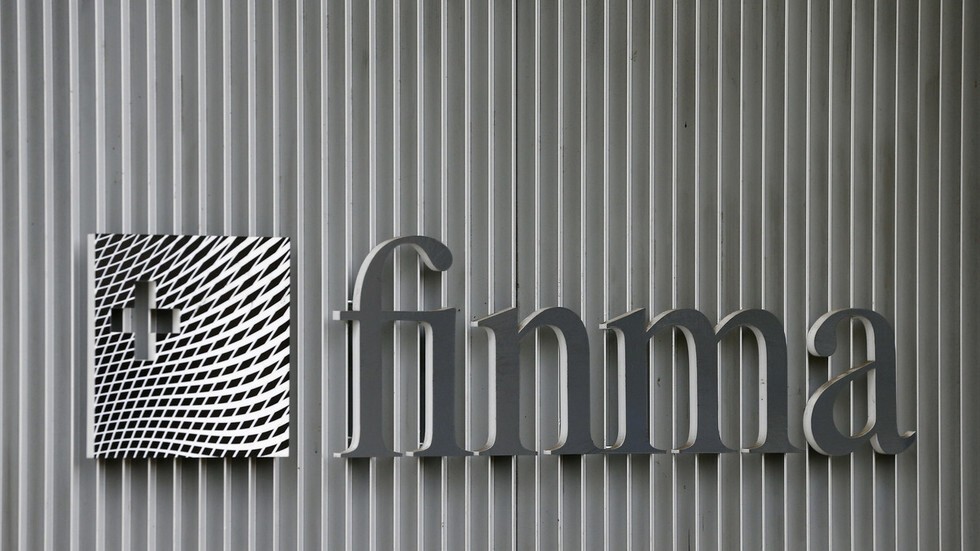Aiming at strengthening regulatory control and lowering financial risks, the Swiss Financial Market Supervisory Authority (FINMA) has suggested fresh rules for stablecoin issuers. The idea coincides with mounting worries about how stablecoins might affect the larger financial ecosystem and controlled institutions.
A recent advice paper claims that FINMA wants to categorize stablecoin issuers as financial intermediaries, therefore stressing the higher risks connected with money laundering, terror funding, and sanctions avoidance connected with these digital assets. The adoption of stablecoins, digital assets connected to conventional currencies, or other assets to preserve a consistent value has grown. But because of their use for illegal activity, their explosive expansion has also raised regulatory issues all around.
Under its direction, published on July 26, FINMA underlined that issuers of stablecoins had to comply with the same anti-money laundering (AML) rules as conventional banks. This covers proving the identification of beneficial owners and stablecoin holders.
FINMA said, “The stablecoin issuer is therefore considered a financial intermediary for anti-money laundering legislation and must, among other things, verify the identity of the stablecoin holder as the customer following the applicable obligations (Art. 3 AMLA) and establish the identity of the beneficial owner (Art. 4 AMLA).”
Apart from AML compliance, FINMA clarified how stablecoin issuers could function without a banking license if they satisfied specific requirements. These requirements guarantee depositor protection and force issuers to get a guarantee from a bank should default occur. FINMA argues that the framework specifies minimal criteria for default guarantees, so issuers must notify consumers, stay within guarantee limits, and allow instantaneous claims in the event of insolvency without waiting for a certificate of loss.
Although FINMA’s actions increase depositor protection, their security does not coincide with that of a banking license. Still, the regulator is dedicated to reducing default guarantee risks and making sure stablecoin issuers satisfy high criteria, thus protecting consumers.
Comprising cryptocurrencies linked to conventional currencies like Tether and USDC, the stablecoin industry has seen explosive growth recently and will reach an unheard-of market size in 2023. Global authorities are responding by accelerating to provide rules for this fast-changing industry. By the end of the PwC Global Crypto Regulation Report 2023, at least 25 nations—including Switzerland—had either passed laws or stablecoin rules.
You can also freely share your thoughts and comments about the topic in the comment section. Additionally, don’t forget to follow us on our Telegram, YouTube, and Twitter channels for the latest news and updates.


